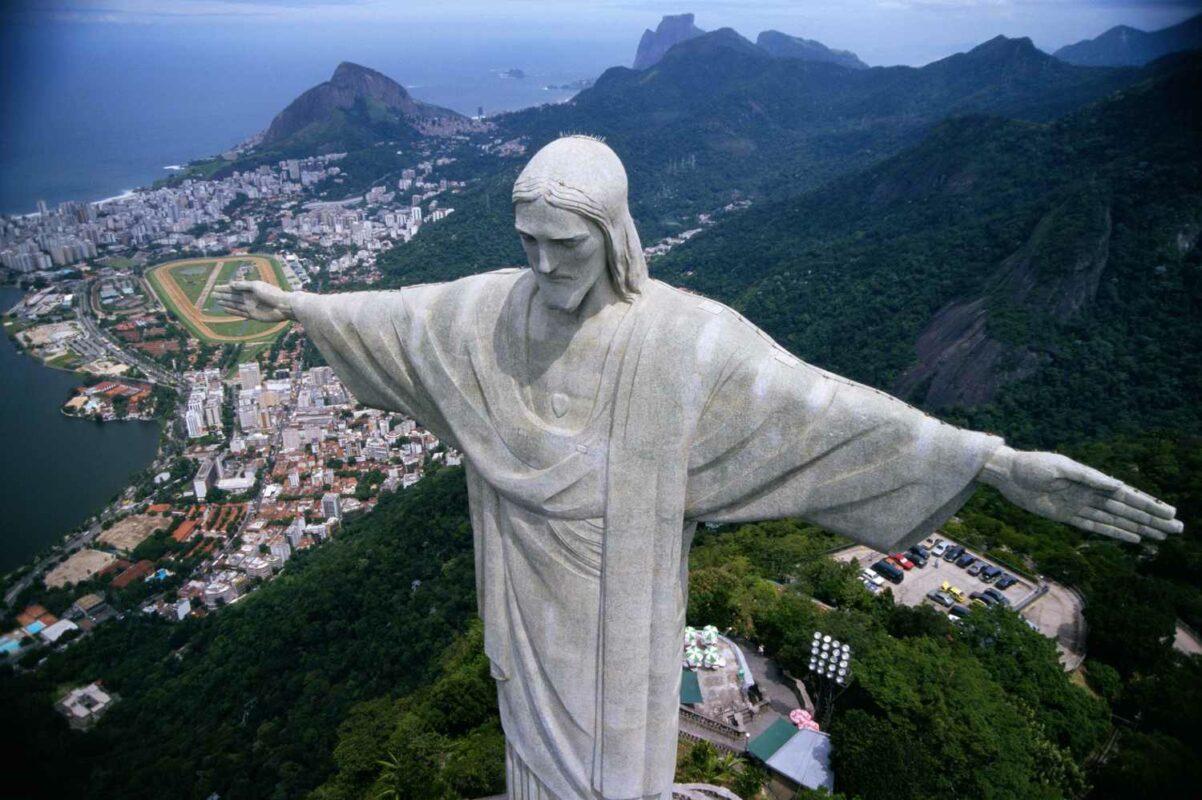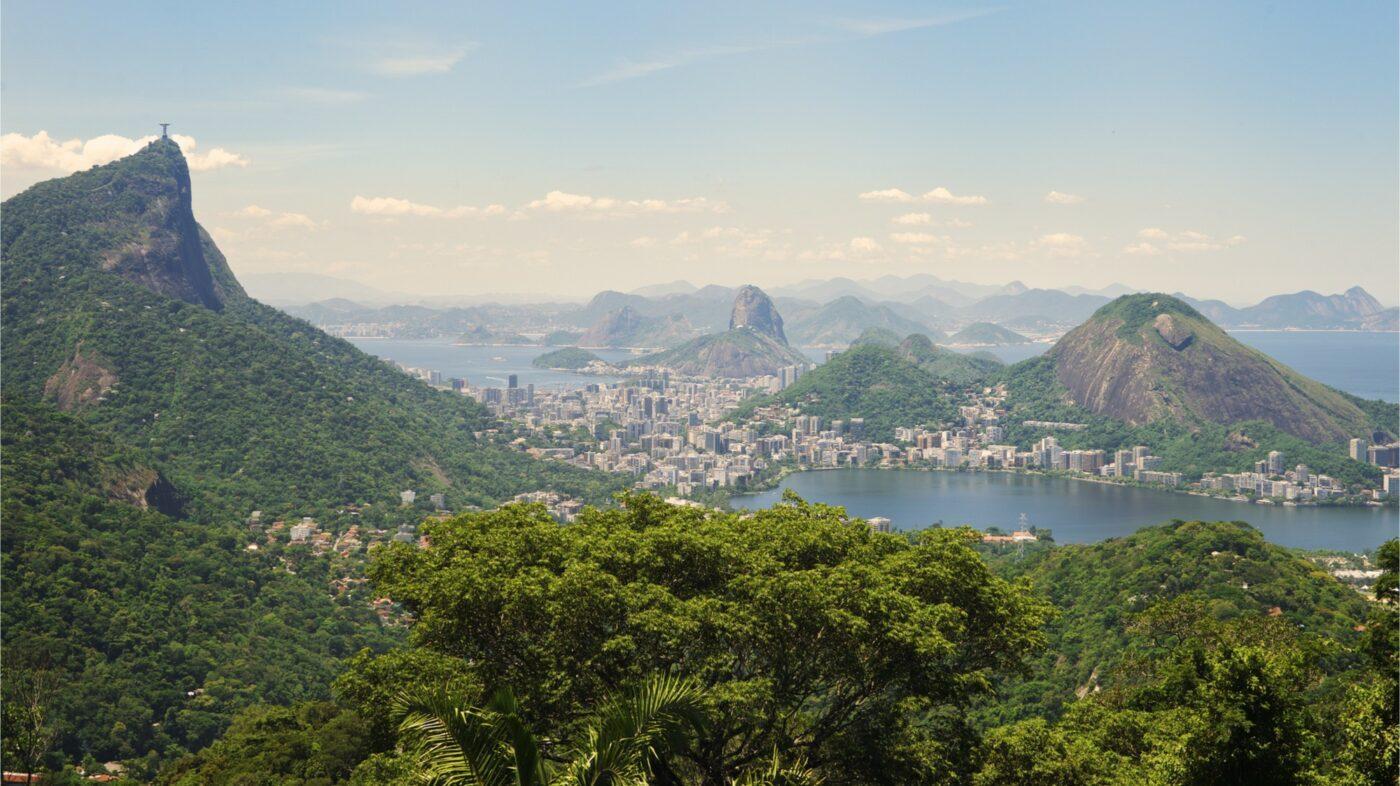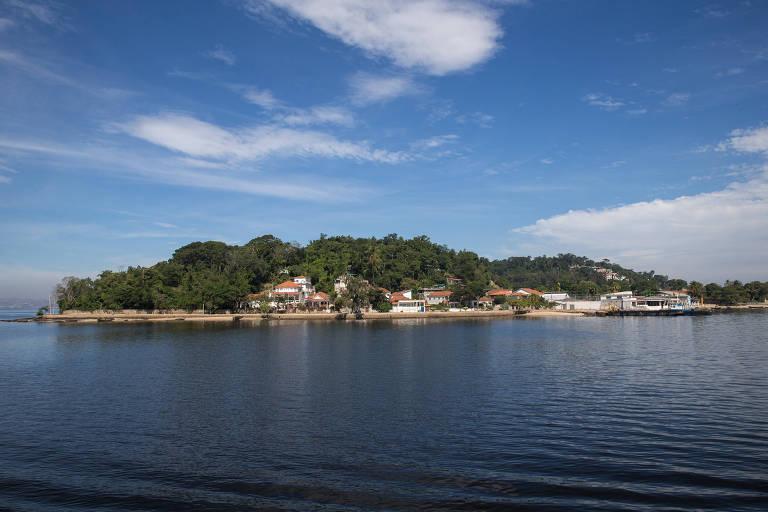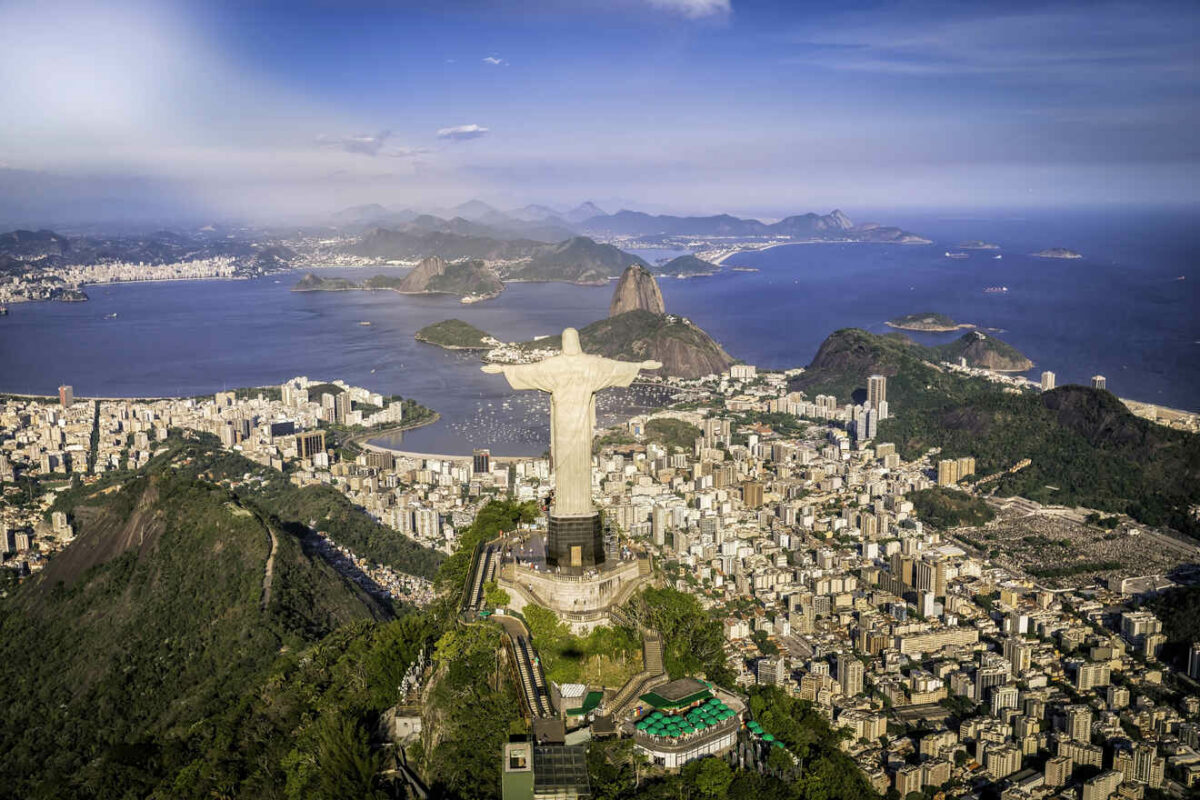Every year, three million people travel to Rio de Janeiro to enjoy the city’s mountains, which provide panoramic views, botanical gardens brimming with tropical flowers, white-sand beaches made famous by pop songs, largest urban forest in the world, and infamous 98-foot-tall art deco statue on the 2,330-foot-tall mountain.
If none of those do, perhaps Carnival or a game of professional soccer will convince you to book a flight to Brazil. Whatever you do, make sure to sample the fresh, organic foods and juices that establishments like Org Bistro have to offer before leaving.
A lot of tourist flock to Rio de Janeiro because of Cheap flights and affordable accommodations available.

In Rio de Janeiro, the recognizable Christ the Redeemer statue is seen from almost everywhere. The 38-meter-tall sculpture, which is perched atop Corcovado Mountain, has the title of tallest Art Deco monument in existence. In order to trek to the peak before it gets too hot or crowded, it is worthwhile to get up early. If you don’t feel like hiking, you can take the railway all the way to the top or a cab to the parking lot, where you can catch a shuttle bus.

A prominent granite peak known as Sugarloaf Mountain perches perilously on a peninsula in Guanabara Bay. Over 1 million people visit the charming, conical peak each year, making it one of Rio de Janeiro’s most popular attractions. You can see the city, gorgeous beaches, forests, and mountains from its 396-meter summit.
A tourist-focused cable car that leaves from Praia Vermelha every 20 minutes is used by the majority of visitors to get to the peak. If you’re up for it, a 30-minute hike will take you to Urca Mountain, where a funicular will take you to the top. To reach the mountaintop instead, adventurers could enroll in a rock-climbing expedition.

The world’s largest urban rainforest can be found in Rio de Janeiro’s Tijuca National Park. This verdant 32 sq km area, which is 45 minutes from Copacabana Beach, is well-liked by both tourists and residents who enjoy the outdoors. The enormous network of hiking routes, which pass gushing cascades, picturesque lookouts, and majestic mountain summits, draws the majority of visitors.
The best waterfall is Cachoeiro do Horto, one of the thirty or so waterfalls that tumble down these rocky slopes. Peak-baggers could set out on a challenging ascent to one (or all three) of the park’s well-known mountains, Pico da Tijuca, Pedra Bonita, and Pedra da Gavea. Christ the Redeemer, Rio’s most recognizable landmark, is situated above the lush, biodiverse area.

Paquetá Island is a small island in Rio de Janeiro’s Guanabara Bay. The island’s name is a Tupi term that means “many pacas.” The only modes of transportation on the island are bicycles and horse-drawn carriages. Except for the baobab in Passeio Pblico, Paquetá is home to twenty baobabs, the only other one in Brazil.

A botanical garden, sometimes known as a botanic garden, is a space set aside for the cultivation, preservation, and display of a diverse array of plants. These plants are often identified by their botanical names and are the focus of a botanical garden.

